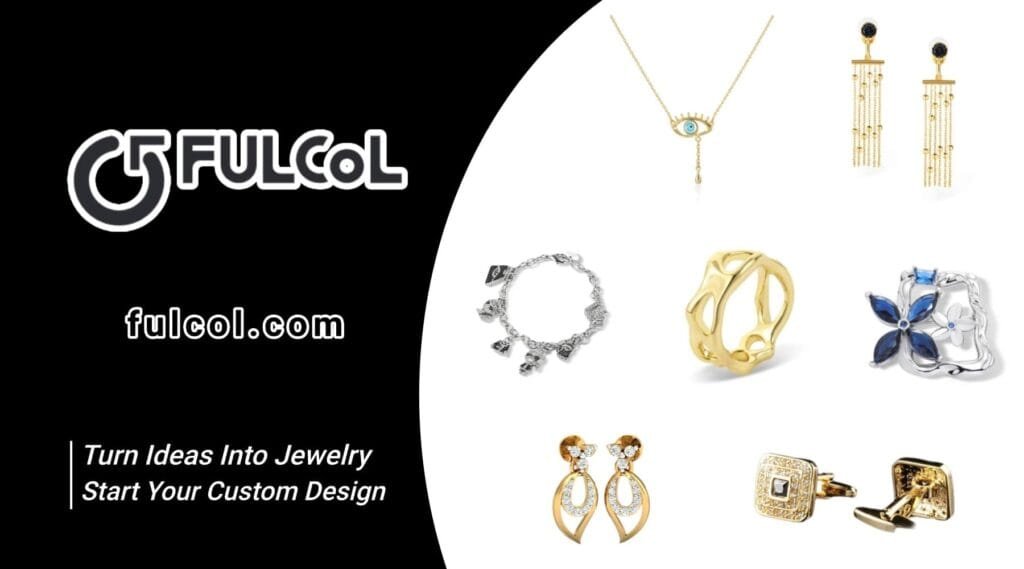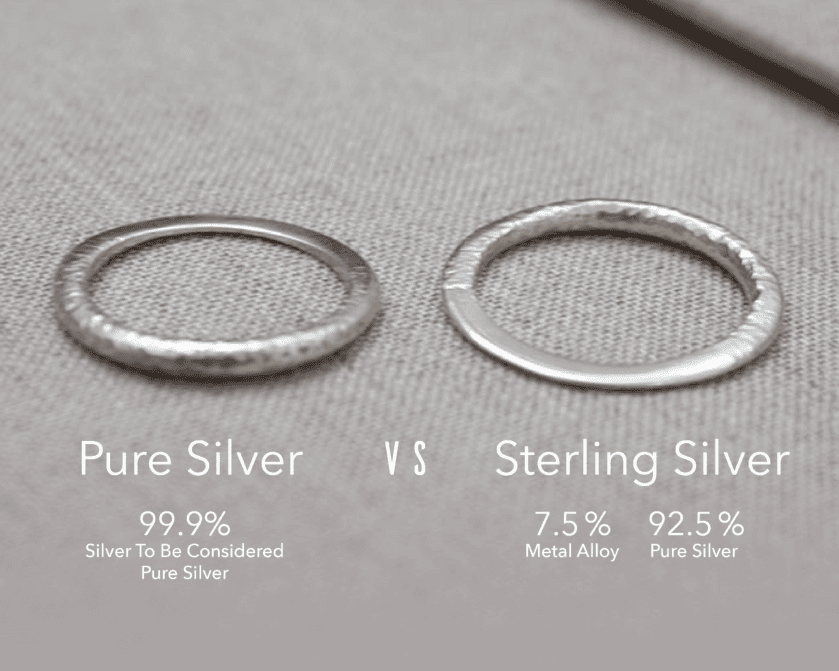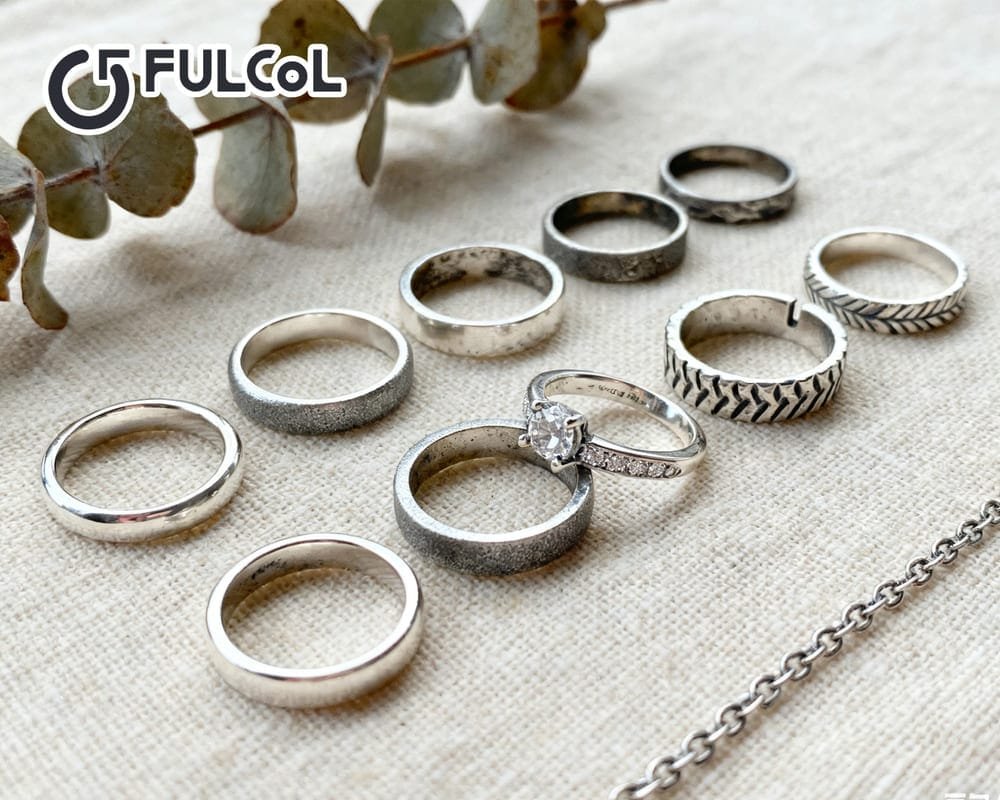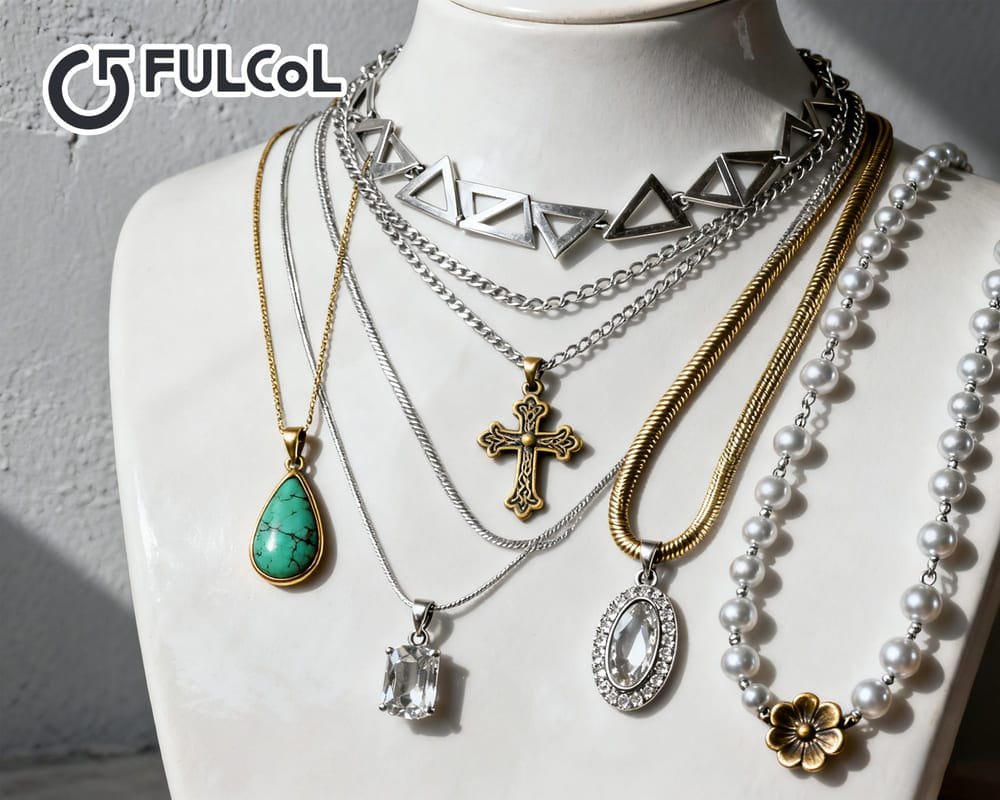When the word “silver” comes to our mind, you may think of classic silver tableware, shining wedding rings, or lightweight silver accessories on the street. Silver, with its unique luster and easy processing characteristics, has become the darling of consumers and jewelry designers around the world. For Fulcol, silver is the best choice: it can not only meet another light luxury expression besides high-end K gold styles, but also can be combined with brass, gold-plated and other materials to create a rich and varied new product series.
However, in the same jewelry window, “pure silver”, “999 pure silver”, “925 standard sterling silver”, “Sterling Silver”… various logos are intricate. What do they mean? For designers and buyers, how to choose the most suitable silver material? Fulcol, a professional jewelry design manufacturers with many years of production and customization experience, takes you to deeply analyze all the key differences of “silver vs. standard sterling silver” to help you make the most reliable and convincing decisions at every step of custom jewelry.
Table of contents
- What is pure silver?
- What is Sterling Silver
- Are sterling silver and 925 silver real silver?
- How to identify the authenticity of pure silver?
- What is the difference between silver and sterling silver?
- Which is better for jewelry, silver or sterling silver?
- Which type of silver should you choose for your jewelry collection?
- Why do jewelry brands pursue 925 silver instead of 999 silver?
- FAQs and More Facts About Silver
What is pure silver?
Pure silver is often used in the jewelry circle to emphasize the “sufficient” and “standard” silver content, but it is not a strict international standard term. In the industry, silver materials with a silver content of more than 99.0% are generally referred to as “pure silver (S990)”, of which the two most common classifications are:
Thousand-pure silver (S999, silver content ≥ 99.9%)
Thousand-pure silver is also called “pure silver” or “plain silver”, with the purest white luster. Due to its extremely high purity, its texture is very soft – this makes it easy to scratch and deform in daily wear, and it is not suitable for jewelry with complex shapes, but it is an important material for handicrafts such as silver bars, traditional plain silver bracelets, and longevity locks.
Pure silver (S990, silver content ≥ 99.0%)
Pure silver is slightly better than thousand-pure silver in hardness, and is more suitable for making silver jewelry with carved crafts or a small amount of inlaid details, but it is still not as strong as standard sterling silver (925 silver). Pure silver jewelry often has a strong traditional handmade feel, and the price is slightly higher than 925 silver. It is often seen in cultural jewelry or high-end customized small batch series.
- Tips
- If your work pursues plain large pieces, retro traditions or interpretation of ethnic style, pure silver (S990/S999) can present the purest silver texture. However, it needs to be made with skilled polishing technology and reinforcement design to prevent deformation due to the soft material.
What is Sterling Silver
Sterling Silver has been widely accepted and strictly defined in the international jewelry industry:
- Composition requirements: Silver content ≥ 92.5%, the rest ≤ 7.5% is usually copper, and zinc, nickel, etc. can also be added.
- Marking method: “925”, “Sterling Silver” or equivalent steel stamps must be stamped on the finished product.
- Industry source: According to ISO 62086 international standards and jewelry purity certification systems of various countries, any alloy that meets the above ratio can be called “Sterling Silver”.
Why add alloys?
- Improve hardness: Pure silver (S999) has a Mohs hardness of about 2.5-3 and is easily scratched by nails. The hardness of 925 silver is increased to about 4.0-4.5, making it more wear-resistant and less prone to deformation for daily wear.
- Enhanced processability: Higher hardness makes it easier to control the shape of silver blanks during cutting, forging, welding and inlaying, reducing the rework rate.
- Adaptable to plating and post-processing: The stable substrate is conducive to the adhesion and long-lasting effect of various surface processes such as gold plating, black gold plating, and matte treatment.
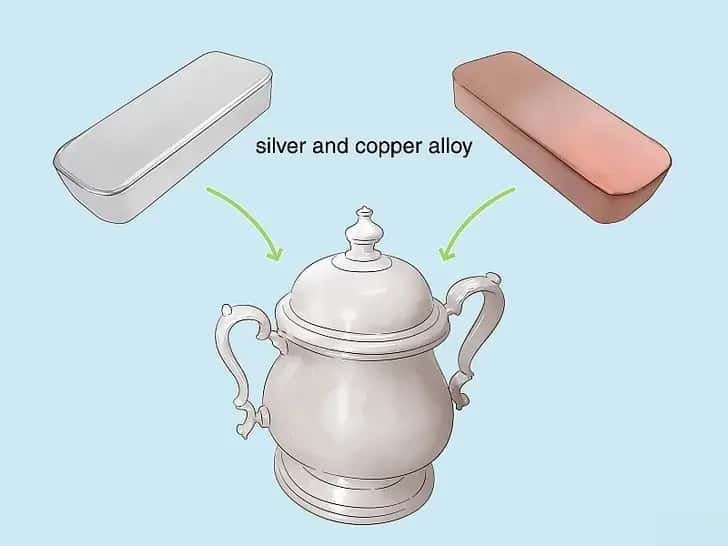
Are sterling silver and 925 silver real silver?
Many consumers have doubts about the fact that “925 silver contains less than 100% silver”: “Is it really ‘real silver’?” Here, we can clarify:
International and national dual recognition
ISO 62086-1:2012 clearly stipulates that alloy silver containing ≥ 92.5% silver is “Sterling Silver”.
China’s “Regulations and Naming Methods for the Purity of Precious Metals in Jewelry” (GB/T 16554-2008) also lists 925 silver as a qualified standard for sterling silver for jewelry, which must pass the test and be stamped with the corresponding steel seal.
Industry practices and brand certification
International brands such as Tiffany & Co., Pandora, and Cartier all use 925 silver as the base metal, and jewelry exhibitions and auction houses around the world are very strict in testing the purity and authenticity of 925 silver jewelry.
Consumer Rights Protection
Silver jewelry purchased through formal channels, with the “925” or “Sterling” mark and a quality inspection certificate, has its silver content and physical properties regulated by laws and industry associations, and can be worn and collected with confidence.
- Tips:
- Before purchasing, you can ask for a “composition analysis report” or appraisal certificate, which is generally issued by a national precious metal laboratory or an international third-party inspection agency. The report will clearly state the alloy composition and content.
How to identify the authenticity of pure silver?
In order to protect the interests of brands and consumers, it is necessary to master multiple testing methods. The following methods range from entry-level to professional, and can be flexibly selected according to the scenario:
Steel stamp detection
- Operation: Look for steel stamps such as “925”, “Sterling”, “S990”, “999” in an inconspicuous place on the jewelry, and use a magnifying glass to confirm the clarity of the stamp.
- Note: Some low-quality fakes will imitate the stamp, so it is recommended to combine other methods for cross-verification.
Magnetic test
- Operation: Place a strong magnet close to the silver jewelry. Real silver is almost non-magnetic and will not be adsorbed; if it is adsorbed, it may be fake silver containing iron or nickel or silver-plated alloy.
- Note: Although some non-precious metal alloys (such as titanium alloys) do not contain iron, they do not attract magnetism, so this method can only preliminarily exclude ferromagnetic fake silver.
Acid test
- Tools: Silver test acid (ferric chloride or nitric acid), acid test paper or special test pen.
- Operation: Lightly scratch a thin scratch on the inconspicuous part of the jewelry, drop a small drop of test acid, and observe the color change:
- 925 silver: grayish white precipitate after acid drop;
- 999 silver: slight reaction, light gray;
- Non-silver metal: dissolves quickly, yellowish or green in color.
- Note: Gloves and protective glasses must be worn, and the scratches must be wiped clean with a neutral detergent after the test.
Sound test
- Operation: Use a hard metal (such as a stainless steel spoon handle) to tap the hollow or edge of the silver jewelry. The sound of real silver is crisp and reverberant, and the loudness lasts for a short time; the sound of fake silver is mostly muffled and scattered.
- Note: This method relies on experience and is easily affected by environmental noise. Novices need more practice.
XRF spectral analysis
- Principle: X-rays irradiate the metal surface, analyze the retroreflected fluorescence spectrum, and quantitatively determine the alloy composition.
- Advantages: non-destructive, fast detection (several seconds to tens of seconds), and the accuracy rate is as high as ±0.1%.
- Scenario: Suitable for large-volume jewelry warehouse inspection or high-value customized final product inspection.
Fire Assay
- Principle: Dissolve the metal sample at high temperature, add an appropriate amount of solvent, separate the precious metals through chemical reaction, and then weigh the residual amount.
- Advantages: The absolute silver content can be obtained, which is the “gold standard” for traditional precious metal testing.
- Disadvantages: It is destructive and needs to be sent to the laboratory for operation. It is generally not the first choice for on-site jewelry testing.

What is the difference between silver and sterling silver?
| Concept | Silver content | Physical properties | Common uses |
| S999 | ≥ 99.9% | Extremely soft, purest luster, but easy to deform and scratch | Silver bars, plain silver bracelets |
| S990 | ≥ 99.0% | Slightly harder than S999, still relatively soft | Traditional handicrafts, plain silver jewelry |
| Standard sterling silver (925 silver) | ≥ 92.5% | Improved hardness, good wear resistance, easy to process complex processes | Various types of jewelry |
- Hardness and wear resistance: 925 silver significantly improves the metal lattice strength due to the addition of copper alloy, so that the jewelry maintains its shape and luster during long-term wear.
- Price and positioning: 925 silver wins premium with its purity and is suitable for collection and investment. 925 silver wins the mainstream market with its cost-effectiveness and processing flexibility.
- Vision and craftsmanship: 925 silver and 925 silver have purer luster, but require higher craftsmen. 925 silver retains the luster of silver and has compatibility with diversified surface treatments.
Which is better for jewelry, silver or sterling silver?
When choosing silver material, you need to balance the complexity of design, wearing scenarios, maintenance costs and brand strategy:
Process compatibility
925 silver: supports various types of fine inlay, mechanical engraving, laser welding and various electroplating processes.
S999/S990: suitable for hand-carved or plain designs that reduce the complexity of the shape, not suitable for mass mechanical processing.
Durability and maintenance
925 silver: commonly worn by customers on a daily basis, with the best scratch resistance and elasticity, and relatively simple maintenance.
S999/S990: due to its high purity and softness, the product needs to be positioned as “occasionally worn” or “gift/collection”, and equipped with a professional maintenance tool box.
Cost and pricing
925 silver: the cost of raw materials and processing is controllable, and the selling price after mass production is affordable, which is easy to form sales.
S999/S990: higher cost, difficult processing, and higher selling price of finished products, but the profit margin per piece is usually better than the 925 silver series.
Brand positioning
Fashionable and light luxury: mainly 925 silver, with electroplating, gemstones, small area 24K gold plating and other techniques to meet the diverse needs of fashion.
Craft collection: use pure silver or 1000 pure silver to create a sense of “pure silver carving” and “handmade inheritance” to highlight the brand’s craftsmanship.
Which type of silver should you choose for your jewelry collection?
| Series Positioning | Recommended Material | Reason |
| Daily Light Luxury/Fashion Style | 925 Silver | Balance between cost and craftsmanship, mass production possible Good hardness, easy maintenance High design diversity |
| Memorial/Limited Edition Series | 990 Pure Silver | Emphasizes purity and traditional craftsmanship Suitable for small quantities of handmade, highlighting cultural and emotional value |
| High-end Collection/Investment Series | 999 Pure Silver | Highest silver content Suitable as silver bars and collectibles Can be matched with special polishing and artistic engraving |
| Special Surface Treatment Series | 925 Silver + Surface | Treatment Gold plating, black nickel and other processes are performed on the 925 silver base, combining base material stability with diverse visual effects |
Operation steps
- Positioning and research: clarify the aesthetics and budget of the target consumer group.
- Sample evaluation: produce 3-5 small batch samples according to the positioning and collect user feedback.
- Cost estimation: combine the cost of raw materials, labor, quality inspection and packaging to determine the reasonable price range.
- Process optimization: adjust the alloy ratio, surface treatment and packaging details according to sample feedback.
- Mass production: implement production processes and quality inspection standards to ensure batch consistency.
- Listing promotion: combine brand stories and material characteristics to create marketing selling points.
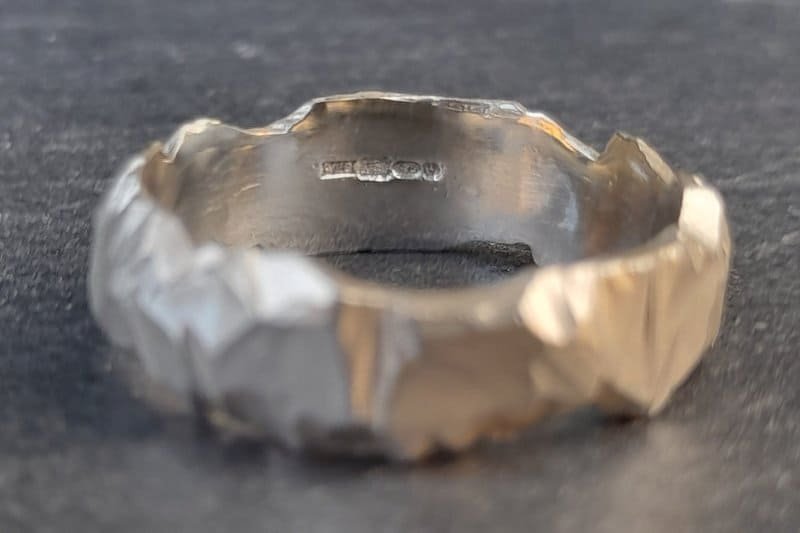
Why do jewelry brands pursue 925 silver instead of 999 silver?
Production efficiency and scrap rate
925 silver has better elasticity and hardness, longer mold life, and significantly reduced scrap rate.
1000-fine silver is too soft, the mold is easy to stick to the material, and the finished product requires more rework and manual repair.
Cost structure optimization
Although the unit price of 1000-fine silver material is higher, the final product cost increases due to the complex process.
925 silver has reliable machining compatibility at a relatively low raw material price and is the first choice for large-scale production.
Market recognition
“925” is the global standard for pure silver, and consumers have formed an intuitive understanding of its quality.
A variety of surface processes (gold plating, black gold plating, enamel, etc.) based on 925 silver are more easily accepted by the market.
After-sales maintenance and brand reputation
925 silver jewelry has a low after-sales complaint rate due to its strong durability; excellent wearing experience can further enhance brand loyalty.
FAQs and More Facts About Silver
Q: Why does silver jewelry turn black?
A: Silver reacts with sulfide (H₂S) in the air to form silver sulfide (Ag₂S), which makes the surface dark. You can use an ultrasonic cleaner, a special polishing cloth, or a homemade cleaner made of vinegar + baking soda to remove stains.
Q: Why does 925 silver jewelry sometimes turn yellow?
A: The copper content in the alloy accelerates oxidation in a high-humidity environment, producing copper oxide on the surface. You can use a soft brush and neutral soap solution to brush it lightly regularly, or wear 925 silver with a rhodium-plated protective layer.
Q: How can I store it to delay oxidation?
A: Store it in a dry environment and away from light.
Store it with a moisture-absorbing silica gel bag.
Do not store it in the same box with sulfur-containing items (such as rubber gloves and leather).
Q: Can people with sensitive skin wear 925 silver?
A: Very few people are allergic to copper or nickel in the alloy. You can choose 925 silver with rhodium or gold-plated protective layer to isolate the skin from direct contact with the alloy components.
Q: Recycling and environmental protection of silver jewelry
A: Silver is a recyclable precious metal. Used silver jewelry can be repurchased at the transaction price from jewelers or waste recycling agencies, reducing environmental pressure and achieving resource reuse.
| Start Your Custom Order | Email: info@fulcol.com | Number: +86 13055603907 |
Pure silver (S990/S999) and standard sterling silver (925 silver) each have their own advantages: Pure silver shows the softest white luster with nearly pure silver content, which is suitable for small-batch, hand-carved traditional crafts and collectibles markets. 925 silver, with its balanced hardness and good processing performance, has become a star material for large-scale jewelry design and daily wear.
- Choosing pure silver can impress customers who pay attention to details in terms of purity and traditional handmade feel.
- Choosing 925 silver can win a wider range of fashion consumer groups with durability, cost-effectiveness and diversified surface treatment.
As a custom jewelry supplier with 21 years of experience, Fulcol combines the customer’s wearing scenarios, budget positioning and brand tone, flexibly uses the above two silver materials, and supplements with scientific quality inspection and meticulous post-maintenance plans to truly achieve high-value, high-quality and high-reputation jewelry works. Let us work together to create the most shining future with the most suitable silver.
